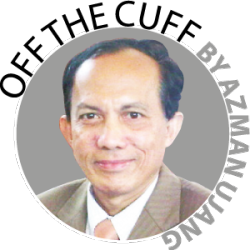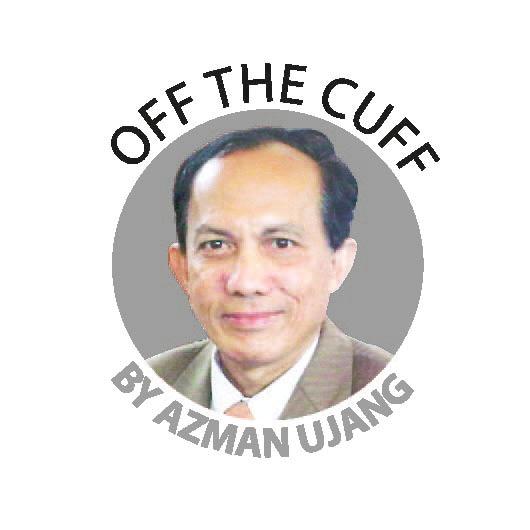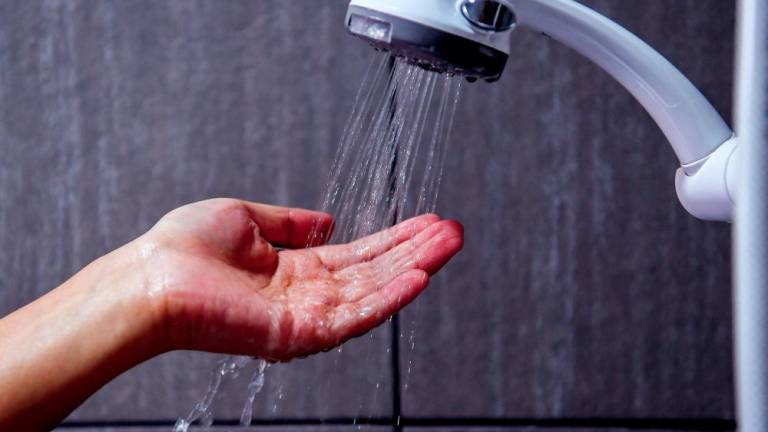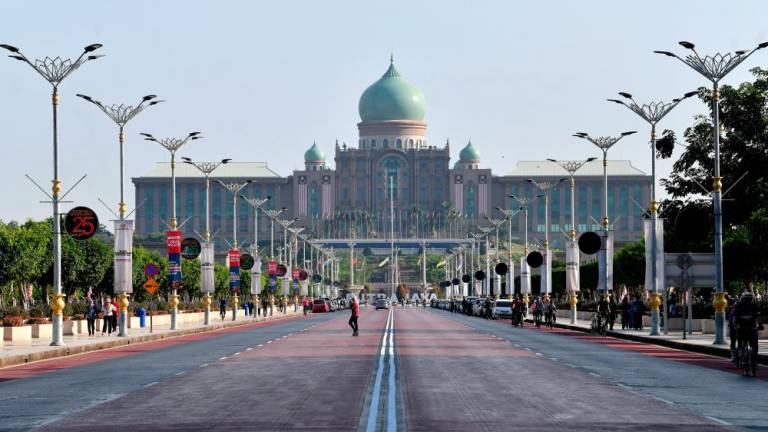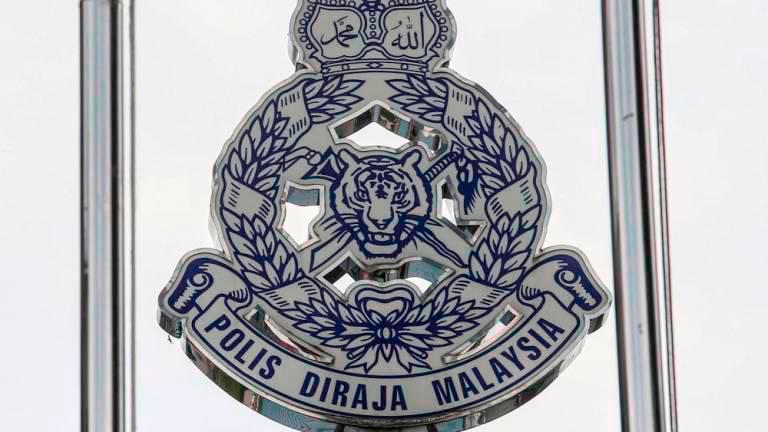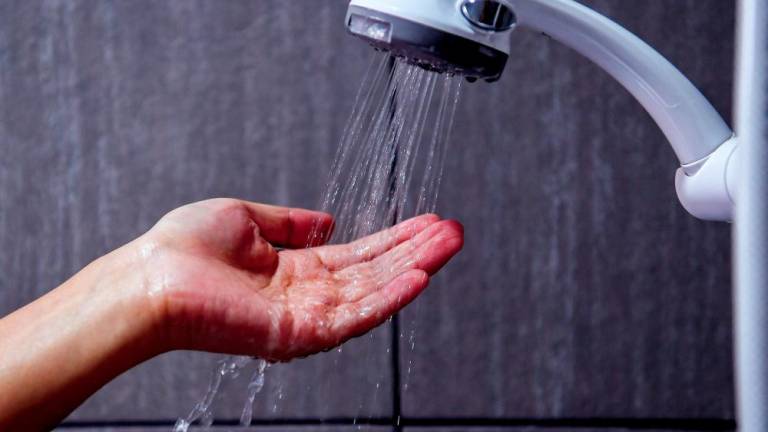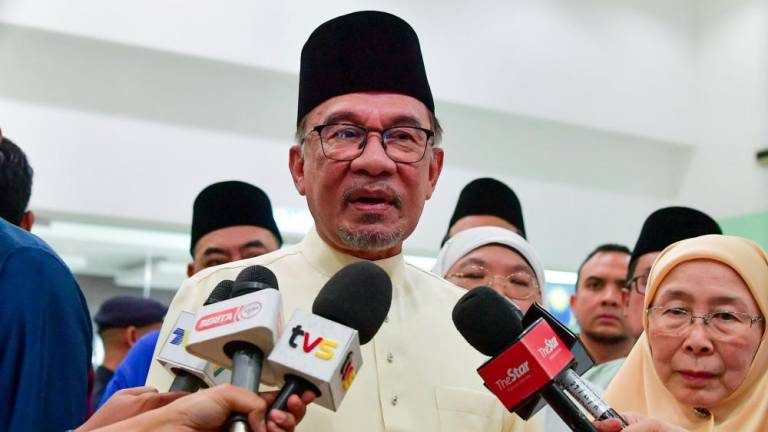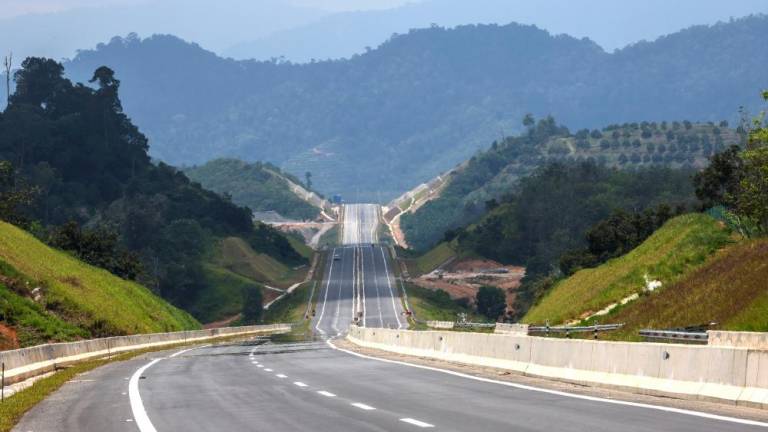THERE has been an endless spate of unscheduled water supply disruptions in the Klang Valley, especially Selangor, over the past few years, causing untold misery to millions of people and with no sustainable solution in sight.
Since 2015 till now, 14 major disruptions lasting for days on end had occurred and most were blamed on river pollution caused by industrial effluents.
Last month, the pollution in Sungai Gong in Rawang that eventually flows into Sungai Selangor led to some five million residents suffering water cuts.
After it happened, the Selayang Municipal Council (MPS) quickly told the public that it was caused by effluents from a factory which repairs heavy machinery.
Only then we were told that it was one of 308 factories found to be operating illegally in areas under MPS jurisdiction.
The question that begs asking is what are all these illegal factories doing in areas close to rivers that are sources of our raw water in the first place and without any action taken against them all this while?
And we are talking about just one area here, in Rawang. There are countless number of similar situations across Selangor itself as well as in other states.
And this week, it happened yet again.
Hundreds of thousands of people had no water for days in Selangor, this time due to pollution in Sungai Semenyih reportedly originating all the way from Negri Sembilan.
There seems to be little accountability and action when it comes to nipping in the bud the sources and causes of river pollution although rivers are the key source of our clean water supply.
What is being done to address this perennial problem is basically reactive instead of proactive and this means damage control but the damage done is incalculable.
As an editorial in the New Straits Times on Tuesday pointed out, water is the source of life, the most important resource in our ecosystem.
Human beings, plants, insects, animals and, lest we forget, industries require water.
I can’t imagine the losses suffered by these industries particularly in Selangor, the nation’s industrial hub, arising from these frequent unscheduled supply disruptions.
Selangor accounts for some 25% of our gross domestic product.
There are food manufacturing industries in the state that export their products to the world market and a disruption in the supply chain is very damaging.
Needless to say, these industries are suffering in silence.
Actually the reason why all those agencies associated with the water sector seem quite helpless in tackling our water woes is due to the fact that there are far too many such bodies, both at federal and state levels.
Take Selangor, with its virtually non-stop river pollution, as the best example: we have Selangor Water Management Authority (LUAS), local council authorities, Departments of Irrigation and Drainage, Agriculture, Fisheries, Veterinary, Minerals and Mines, Land Office, Ministry of Local Government and Housing, Department of Environment (DOE) and National Water Services Commission (SPAN).
So here it’s quite clear the problems of agencies with over-lapping responsibilities and functions can be mind-boggling as well.
Simply put, there’s the problem of coordination, coupled with bureaucratic red tape that gets in the way and each agency’s reluctance to allow another agency to cross over to its turf.
Then there’s the issue of partisan politics even interfering with such a vital life resource as water itself.
We have seen this heavy politicking on water during the previous Selangor government under the Pakatan Rakyat coalition led by then mentri besar Tan Sri Khalid Ibrahim.
One major victim was the long delay in the construction of the vital Langat 2 treatment plant by the federal government then under Barisan Nasional as it could not get the development order from the state government.
Without additional treatment plants, the reserve margin for Selangor remains precariously low and when there’s new pollution occurring, water disruptions and shortages are unavoidable.
The Langat 2 plant was originally scheduled to be fully operational in 2017 but “toxic politics” pushed the date to 2022.
It is now only partially in operation.
There’s, however, some relief, moving forward.
Environment and Water Ministry secretary-general Datuk Seri Dr Zaini Ujang told me that the 10 federal and state agencies mentioned earlier have been given partial legal power as the authorities and enforcement agencies related to water resources and polluting activities along river basins.
As far as enforcement is concerned, the DOE must be given the full mandate – without state government and other interference – to execute its tasks or the purpose of its very existence.
Period.
Such preventive enforcement is now sorely lacking which is why we are facing constant water crisis in a land blessed by Almighty God with abundant rainfall and ubiquitous rivers.
Datuk Jaseni Maidinsa, chief executive office of Penang’s Water Supply Corporation Sdn Bhd, said the solution to the frequent pollution of rivers that led to supply disruptions is to lay out raw water pipes from dams to the treatment plants.
Another is by having a safe zone on both sides of rivers and to demolish all factories within the zone.
“I have recommended these solutions to the minister in charge of water 10 years ago but nothing happened,” Jaseni told me.
“Raw water sources should be categorised as strategic like in Singapore.
“With the Covid-19 pandemic and non-stop major water supply disruptions, it can lead to an economic collapse and widespread infections affecting national security.”
Although the nation’s top priority right now is battling the Covid-19 pandemic, it’s equally vital to get our act together on water.
I don’t think it’s far-fetched for me to propose that water be placed under national security so that we can deal more effectively and punitively against pollution criminals who hold our water at ransom.
Comments: letters@thesundaily.com



